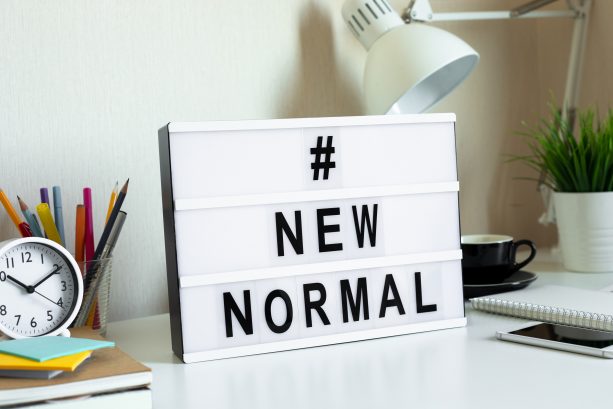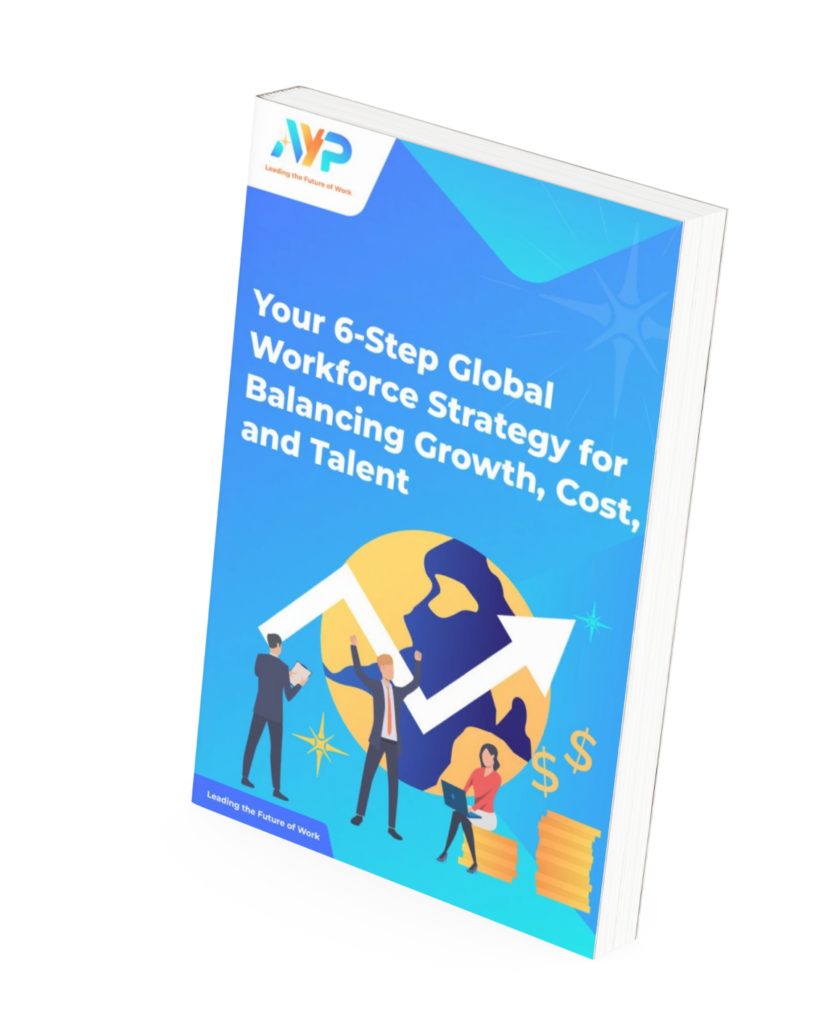The freedom to work wherever and whenever is the gateway to a successful modern business.
As 2021 comes to an end, business owners and employees around the world are making plans for post-pandemic workplaces. With what we’ve learnt over multiple lockdowns, most forward-thinking organisations won’t be returning to business as usual in the office; and yet, not all have completely embraced the idea of a fully-remote workforce. Instead, what we find is that the workplaces of tomorrow will look like something in between the two: the hybrid workforce.
1. What Defines the Hybrid Workforce?
Simply put, a hybrid work arrangement combines on-site collaborative work with the ability to work remotely. But that’s not all there is to it. Here at AYP Group, we believe that the defining trait in tomorrow’s hybrid workforce is flexibility.
While employees were given the opportunity to work remotely during COVID lockdowns, they were confined to their homes, denying them the freedom associated with remote work.
For many of these employees, this meant that work would gradually encroach into every part of their lives. A survey performed in the first quarter of 2021 indicated that a large majority of workers were stressed out by COVID, expressing concerns about their mental and physical health.
Workers in Singapore and Malaysia, in particular, indicated in the survey that they wanted greater work-life balance 1.
This appears to be a problem across Asia; Hong Kong, Singapore, Bangkok and Seoul are among the top 5 overworked cities in the world 2.
2. The Great Resignation, and How to Work Around It
In the USA, 4.3 million American workers quit their jobs in August in a phenomenon which was dubbed The Great Resignation by organisational psychologist Anthony Klotz. It would seem that this phenomenon seems to be going global and employers all around the world are finding it more difficult to attract and retain talent.
In Southeast Asia, some key reasons for the higher turnover rate included dissatisfaction with pay (55%), better employee benefits available in other companies (48%), and limited career advancement (43%) 3.
The key to retaining talent is more than just the hybrid workforce label; it’s in cultivating and maintaining a workplace culture that values employee flexibility, well-being and mental health.
3. Better Balancing of Priorities
The modern-day employee often needs to juggle childcare and eldercare alongside their work. Rather than insisting that people have to be online and working during specific hours of the day, the ideal hybrid model focuses on the delivered results.
This allows employees to manage their schedules and account for possible interruptions to their work, retaining their productivity without requiring them to sacrifice their other responsibilities.
Fostering a Culture of Trust and Purpose
Trusting your employees goes a long way towards maintaining a harmonious, positive work culture. A study showed that the existence of tracking systems to monitor employees actually increased the likelihood that these employees would pretend to be working 4.
The lack of trust not only chips away at employee performance, it also affects their loyalty and sense of belonging 5.
It’s time that we thought critically about whether traditional workplace expectations around “face time” has helped or hindered organisational success. 63% of high-growth companies are already operating with a hybrid workforce model.
A new generation of happier, healthier employees lies on the same path, but only if we adopt the attitudes of the future, and not the past.
Featured Content
1.The myth and benefits of setting up a distributed workforce
2. 3 Workforce Trends To Pay Attention To in 2023
3. Overcoming the Challenges of Remote Work
References
- The Impact of COVID-19 on Mental Health in the Workplace. Employment Hero. July 2021.
- Cities with the Best Work-Life Balance 2021. Kisi. 2021.
- Dissatisfaction with pay and benefits, limited career advancement are key drivers of employee turnover in ASEAN, says Mercer’s latest survey. Mercer. 22 September 2021.
- Gartner HR Research Shows Organizations Are Eroding Employee Performance and Well-Being with Virtualized Office-Centric Design
- Trust in the Modern Workplace. Workforce Institute. 2020.



